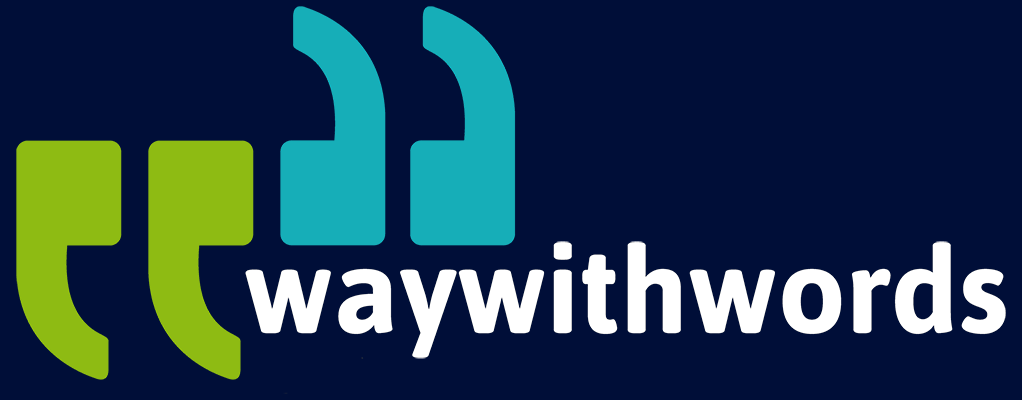How is Transcription Linked to Speech Data Accuracy?
Why Transcription Matters in Speech Data
Transcription accuracy is central to the effectiveness of speech data systems and their accessibility. In supervised machine learning for Automatic Speech Recognition (ASR), audio files are paired with transcriptions to “teach” algorithms how spoken language should be interpreted. These pairings are often referred to as annotated speech datasets, and the quality of the annotations directly affects the performance of any speech-related model that follows.
A high-quality transcription:
- Precisely captures what was said, reflecting speech patterns, nuances, and even hesitations if necessary.
- Aligns consistently with the audio, without omissions or insertions.
- Maintains consistent formatting across the dataset for better parsing and labelling.
On the other hand, a poorly transcribed dataset can lead to:
- Model hallucinations, where the system predicts or hears something not present in the audio.
- Reduced Word Error Rate (WER) improvements across iterations.
- Incorrect phoneme or word predictions, especially in low-resource or non-standard dialects.
This is particularly critical when training ASR models for languages or accents where large corpora are not readily available. In such cases, transcription acts as the ground truth, and any deviation from the actual spoken word can compound errors during model evaluation or deployment.
For speech data managers and AI developers, transcription becomes not just a necessary step, but a defining process that anchors the dataset’s value and trustworthiness.
Types of Transcription (Verbatim, Clean, Annotated)
Transcription is not one-size-fits-all. The form it takes depends on the intended use of the data. For machine learning and speech technology development, the type of transcription selected determines what features a model can learn, how it interprets context, and how robust its predictions are across varied use cases.
Verbatim Transcription:
This type captures every word, pause, filler, false start, and utterance exactly as spoken. It’s commonly used in linguistic research or when emotion, speech disfluency, or speaker behaviour is being studied. In the context of speech data:
- Pros: Provides full linguistic information; useful for training models on natural speech.
- Cons: Requires more time and costs to produce and parse; can overwhelm simpler model pipelines.
Clean Transcription (Edited or Intelligent Verbatim):
This version removes hesitations, repetitions, and fillers to offer a streamlined version of speech. It is often used for captioning, subtitles, or readability in published interviews.
- Pros: Easier to work with in structured data environments; reduces noise in training datasets.
- Cons: Loss of nuance and reduced accuracy in modelling natural speech variations.
Annotated or Labelled Transcription:
Goes beyond the spoken word to include annotations like speaker labels, timestamps, emotion tags, or phonetic symbols. This is essential for ASR training, speaker diarisation, and dialogue system development.
- Pros: Enables precise model training; supports multiple downstream tasks (e.g. emotion detection).
- Cons: Time-intensive; requires specialised linguistic or data annotation skills.
Each of these styles must be chosen with care. For instance, a multilingual chatbot for a banking service might require clean transcriptions, while a research dataset focused on dialectal variation in South African languages would require detailed, annotated verbatim data.
The bottom line: The choice of transcription style affects not just data cleanliness, but model applicability, accuracy, and generalisation.
Common Transcription Errors and Their Impact
Even minor transcription mistakes can distort a speech dataset. When errors propagate across hundreds or thousands of hours of training material, the result can be a model that misinterprets core phrases, fails to generalise across dialects, or misrepresents speaker intent.
Some of the most common transcription errors include:
- Omissions: Words or segments are accidentally left out. For example, “I think we should go” becomes “I think should go.”
- Insertions: Words are added that weren’t spoken, often due to assumptions made by the transcriber.
- Mishearings: Transcriber misinterprets what was said, especially when dealing with poor audio, accents, or technical jargon.
- Inconsistent formatting: Switching between UK and US spelling, or using inconsistent punctuation or casing, especially across different contributors to a dataset.
- Incorrect speaker labelling: Particularly problematic in multi-speaker files or diarisation tasks. This can confuse turn-taking models or speaker-attribution systems.
- Punctuation misuse: May seem minor, but incorrect commas or question marks can alter meaning or confuse sentence-boundary detection algorithms.
Each of these errors introduces “noise” into the training data. In a model’s learning process, this noise is internalised as truth, which results in higher Word Error Rates (WER) and unpredictable outputs in live deployments. It also forces developers to use larger volumes of data or heavier post-processing just to compensate.
To mitigate this:
- Establish clear transcription guidelines.
- Use quality assurance (QA) checkpoints and multiple review rounds.
- Train transcribers specifically for the audio domain and demographic.
- Align quality control standards across teams and geographies.
Speech dataset quality improves not only with more data, but with better, more consistent data. This cannot be achieved without reducing or eliminating these transcription pitfalls.

Human vs. ASR-Generated Transcripts
With the increasing capabilities of automatic transcription tools, a major question arises: Should we rely on ASR systems to generate transcripts for speech datasets?
The answer is nuanced.
Human Transcription:
Traditionally the gold standard, human-generated transcripts offer context-aware accuracy, especially in complex or accented audio. Humans can:
- Disambiguate homophones and slang.
- Interpret speaker intent.
- Follow project-specific conventions with flexibility.
But it comes at a higher cost and slower turnaround. For specialised tasks like phoneme-level annotation or rare language transcription, human effort is not just preferred but necessary.
ASR-Generated Transcription:
Modern ASR tools provide fast, scalable transcription. Their accuracy has improved dramatically, particularly for standard languages and accents. However, they:
- Struggle with noise-heavy, multilingual, or informal recordings.
- Tend to generalise and lack domain specificity.
- Often require post-editing, especially for accuracy-critical datasets.
Hybrid Workflows:
A growing best practice is to use ASR tools for the first pass, then engage human transcribers to review and correct the output. This combines speed with quality.
- Pros: Cost-effective and faster than full manual transcription.
- Cons: Still requires trained human reviewers and QA steps.
In high-stakes environments—medical transcriptions, legal interviews, linguistic research—the need for human intervention remains critical. In commercial training datasets, a hybrid approach can balance quality and budget.
Ultimately, the ideal transcription pipeline is context-driven: align the source audio quality, accuracy requirements, and available resources to the appropriate combination of human and machine.
Alignment and Time-Coding Techniques
Transcription alone is not always enough. In many speech datasets, especially those used for ASR model training or linguistic analysis, alignment is crucial.
Alignment refers to matching the transcript to specific points in the audio. This can be done at several levels:
- Sentence-level alignment – useful for subtitling or summarisation tools.
- Word-level alignment – needed for most speech recognition tasks.
- Phoneme-level alignment – essential for phonetic studies or pronunciation modelling.
Accurate alignment improves:
- Model training, by helping algorithms understand timing and speech cadence.
- Search and indexing, by making segments findable within large corpora.
- Annotation workflows, by allowing further tagging (emotion, speaker ID) at the correct timestamps.
Time-Coding Formats:
- Most tools use timestamps in HH:MM:SS.mmm format.
- Transcripts may be formatted in plain text (with inline tags), JSON, XML, or specialised markup formats.
- Software like Gentle, ELAN, Praat, or Aeneas are widely used for different alignment tasks.
These tools take the transcript and audio file and generate time-synchronised text. However, for best results:
- Audio must be clean (minimal background noise).
- Transcripts must be near-verbatim and accurately segmented.
- Language and acoustic models used in alignment tools must match the audio.
Alignment is not a post-processing luxury—it is a necessary technical enhancement for any dataset intended for fine-grained speech research or detailed ASR model development.
Transcription Is the Backbone of Speech Data Quality
Without accurate transcription, the reliability of any speech data application collapses. Whether you’re building a conversational AI tool, researching regional dialects, or collecting multilingual datasets for underrepresented languages, transcription is the lens through which your data is interpreted, labelled, and used.
To ensure the highest levels of speech data quality:
- Choose transcription styles that suit your project goals.
- Eliminate common transcription errors through strong QA protocols.
- Use a smart balance of ASR tools and human expertise.
- Incorporate alignment techniques to enrich your dataset and training potential.
When transcription is handled with rigour and care, speech data becomes a powerful, accurate foundation for future innovation in AI, linguistics, and beyond.
Resources and Links
Wikipedia: Transcription (Linguistics) – An excellent overview of linguistic transcription methods, their purposes, and real-world applications.
Featured Transcription Solution: Way With Words: Speech Collection – Way With Words excels in real-time speech data processing, leveraging advanced technologies for immediate data analysis and response. Their solutions support critical applications across industries, ensuring real-time decision-making and operational efficiency.
